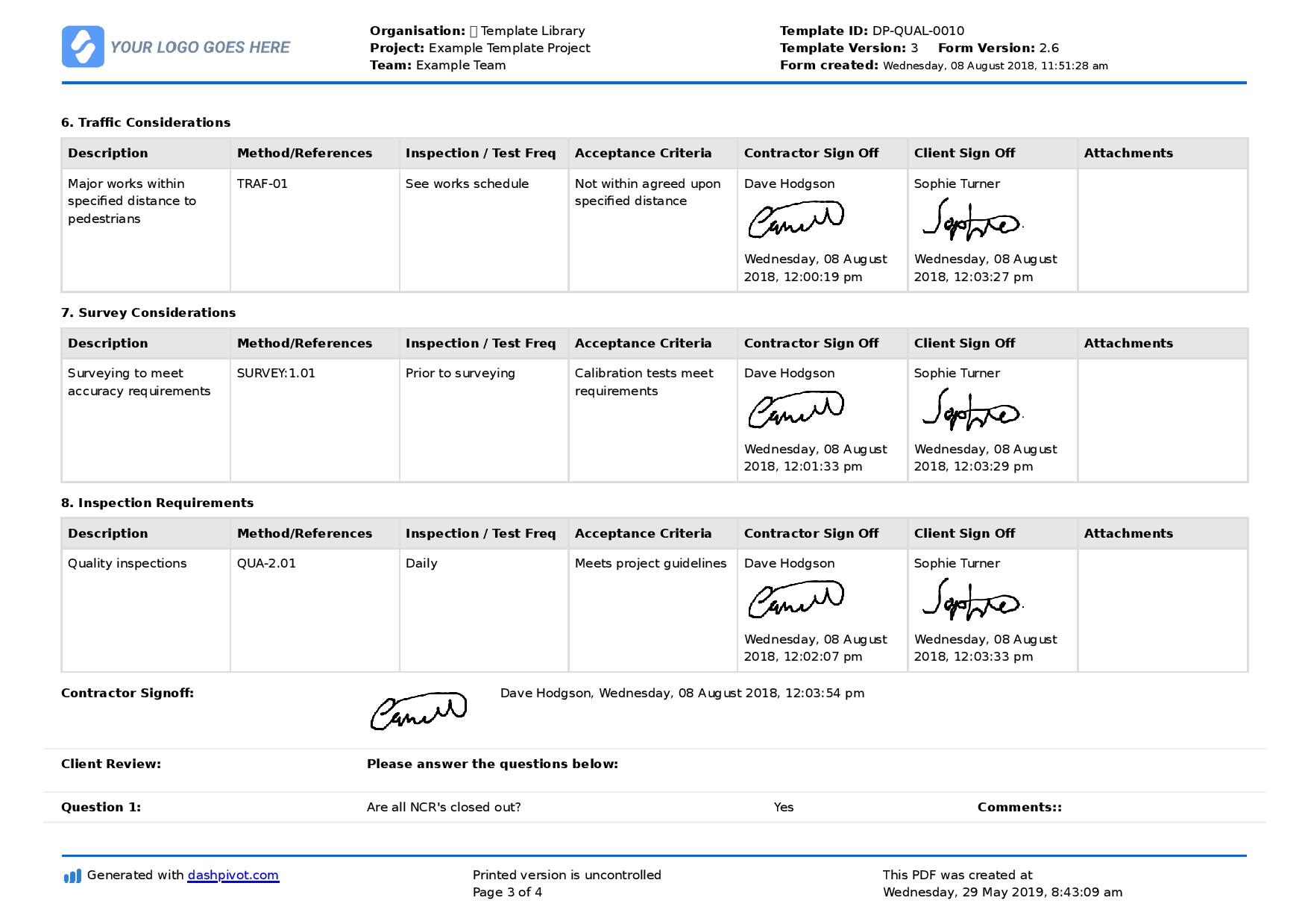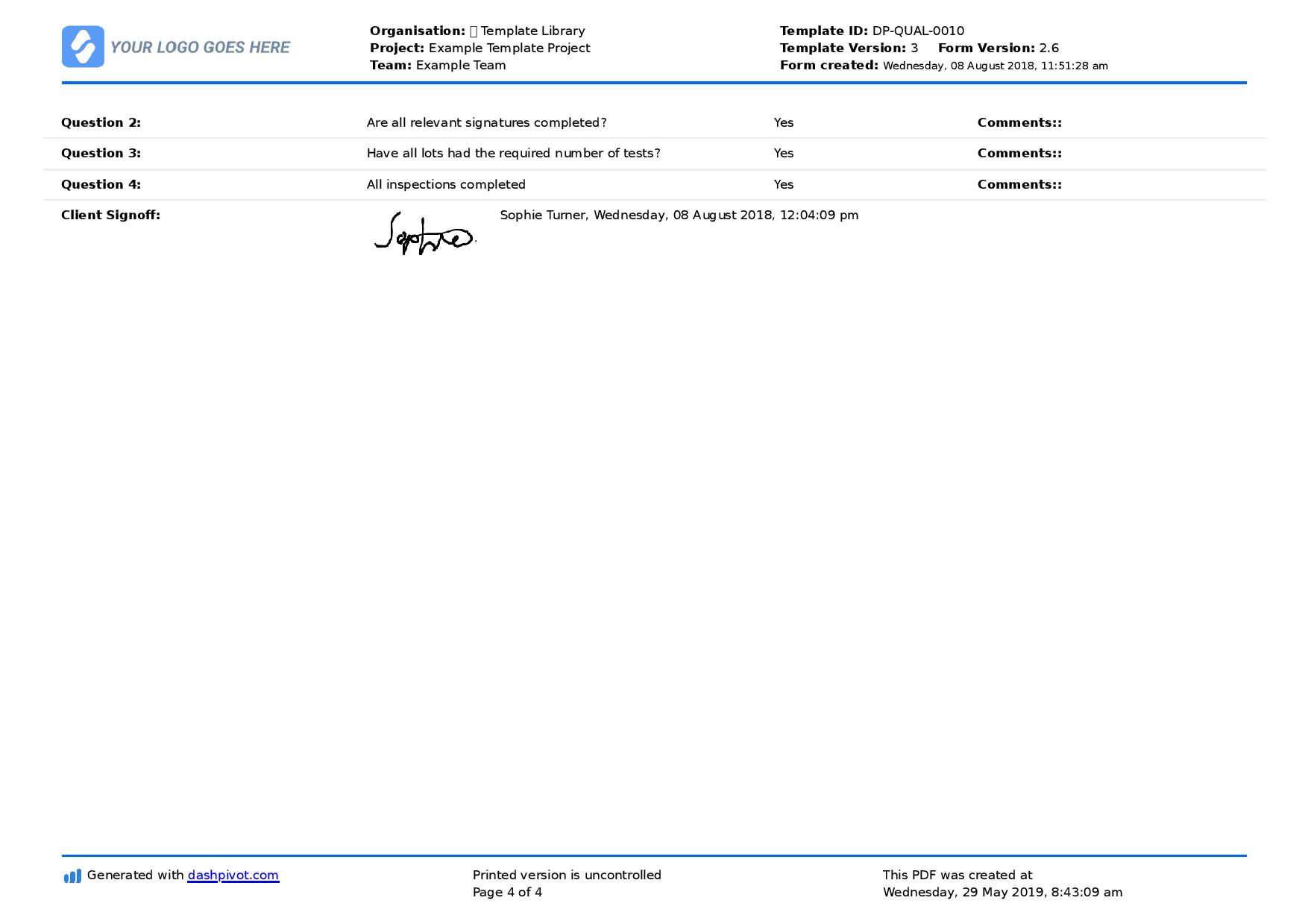Quality – ITR construction
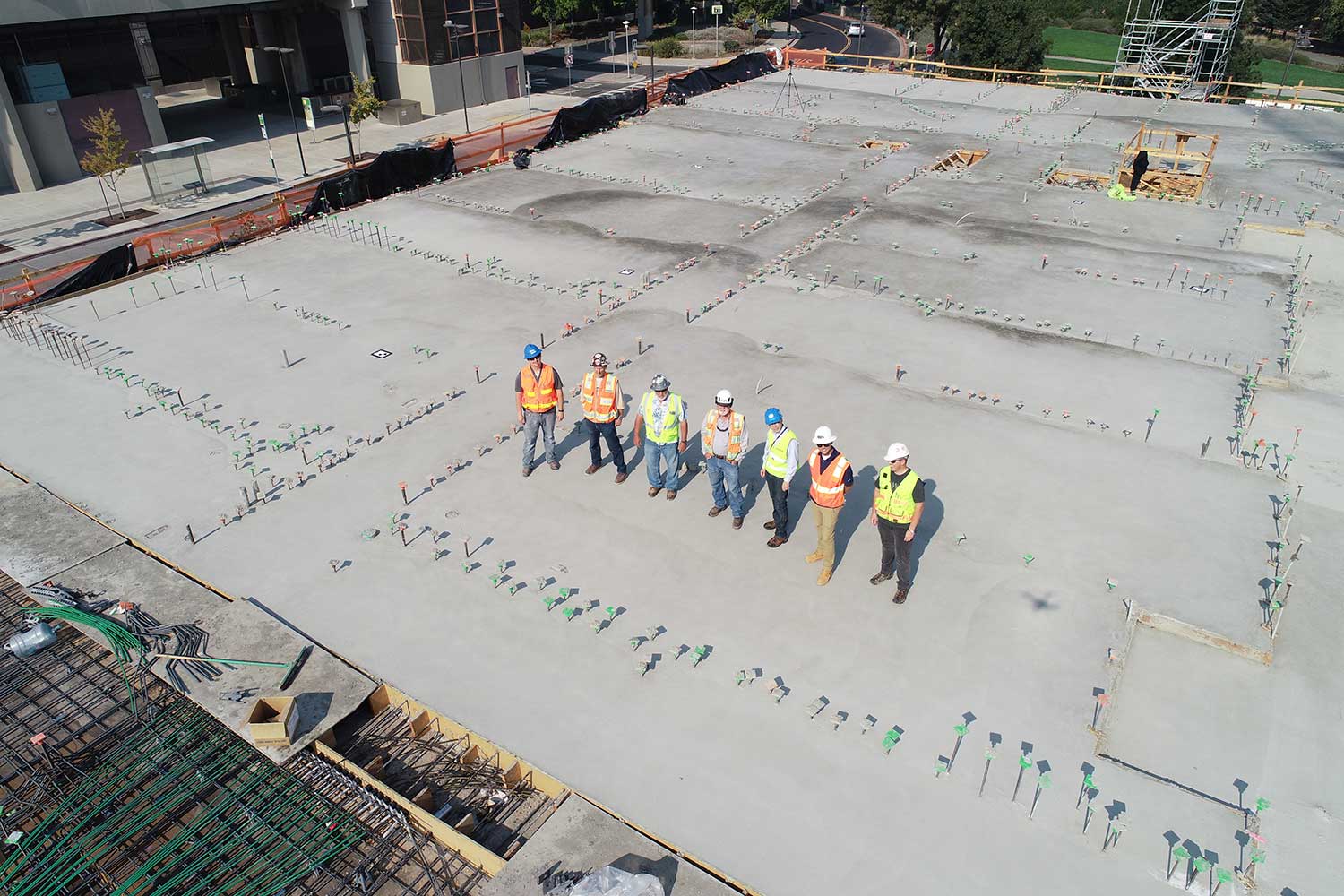
Construction ITR: The inspection test report
What is a construction ITR?
A construction ITR or inspection test report is a document or form which serves as proof that the design details and specs were followed correctly and that a responsible third party witnessed critical stages of the process as well as validated its integrity.
In very simple terms, a construction ITR is the documented proof that the design was followed and tested successfully.
Why are ITR's used in construction?
The idea behind an ITR is that the construction work completed is tested and validated as to prove it is in accordance with the designs and specs which engineers and other professionals spent countless hours putting together to ensure the structure or project is safe and lasting.
Without ITR's and other quality controls and inspections, project managers and other personnel would be 'assuming' that the work was completed to spec, which is very dangerous. There are countless unintended reasons for a piece of work or material not being to spec - and the last line of defence for projects and construction companies is adequate testing.
A good ITP or inspection test plan mitigates many of these risks by ensuring that there is a plan in place and approvals for testing and inspecting work as it is completed - but ITR's can still play a critical role in being that last line of defence.
In many cases, contractors and construction companies do complete their own ITR's, which can be troublesome given that they have completed the work and have a number of incentives to push work through. It's much safer for a qualified third party like a QC inspector to come through and inspect and test each phase of work.
Worker and project safety is often front of mind during the course of a project, but good construction ITR practice ensures that level of safety is carried through after the project as well, with companies and teams knowing that the job was completed according to spec.
The relationship between ITR's and ITP's
The ITP is the more popular brother of the ITR. The best way to think about the relationship between the two is that the ITP provides the construction company and often supervisor with a step-by-step summary or 'guide' of what to test during critical construction processes to ensure standards and specs have been met.
ITP's are binding documents which a contractor or construction company must adhere to. If no ITP is issued, then the construction company or specialised company will often have their own inspection test plans to follow which should be communicated with other parties.
The ITR becomes important after the phase of works has been completed, when a third party or responsible party comes in to validate that the ITP was followed and that the result of following that 'guide' was that the correct destination was reached.
So the ITP is used to plan out and ensure testing is conducted throughout works, while the ITR is completed and used to prove that this plan must have been followed because the final tests and results prove that.
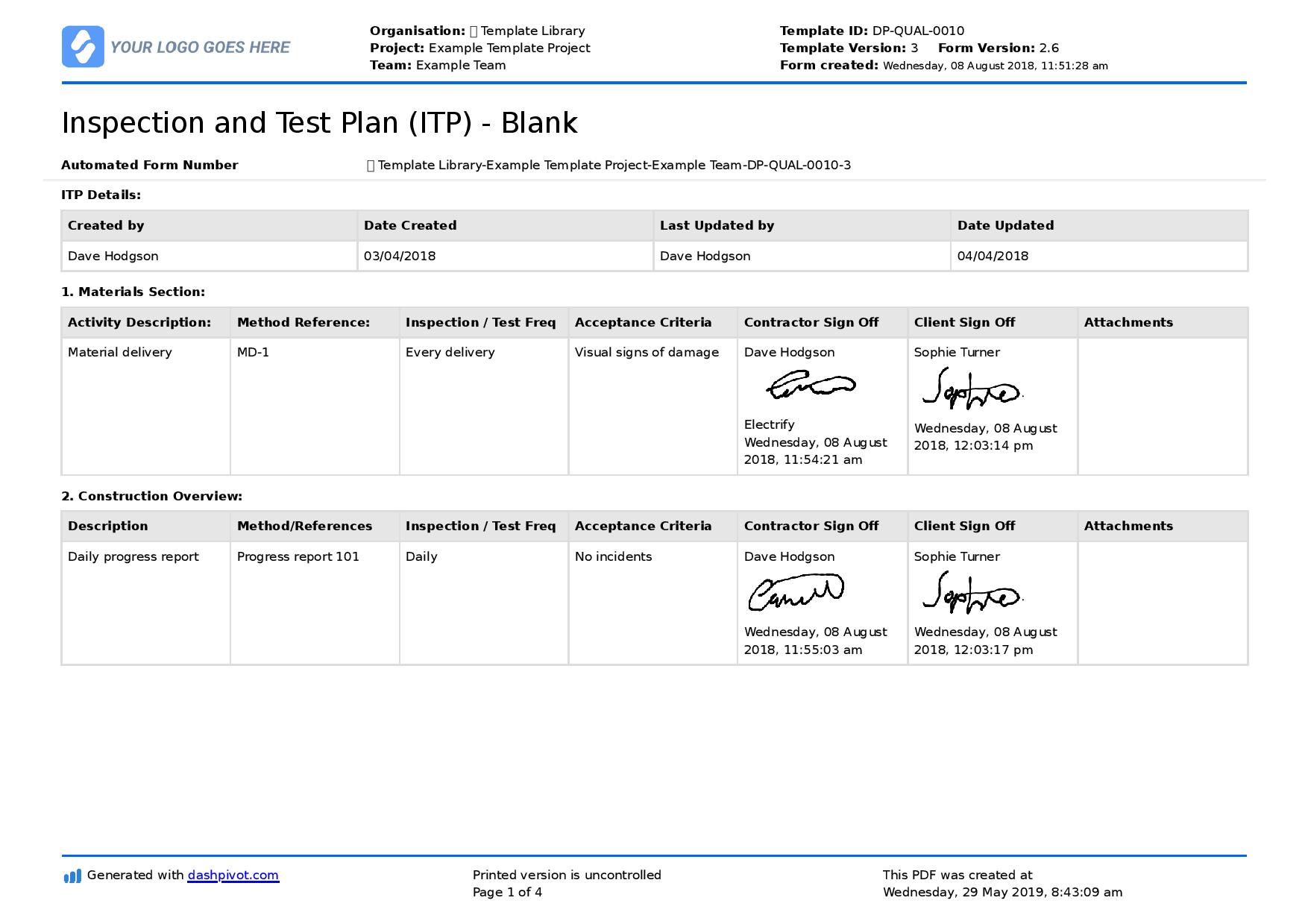
Use this framework for your inspection and test frameworks.
How to manage inspection test reports and other quality processes efficiently
The state of ITR's in construction is in the same place as many construction documents: they are paper documents which sit in a folder or corner of the office. Like many important construction documents, the difficulty of finding, completing and organising them has become so frictional and painful that many workers and companies simply don't complete them anymore.
Even when they are completed, they can get lost or misplaced incredibly easily.
In fact, many ITR and quality processes and documentation have become sloppy over the years, with companies simply 'cloning' old documents and tick and flicking them if completing them at all.
This results in a lot of serious issues. If there is a problem with construction or quality after project completion, then a simple audit will look to find and uncover the ITR's and other quality documents.
Some of these issues can arise from negligence, but much of it can be explained by the level of friction and difficulty a worker or company faces to simply complete this documentation along with getting projects delivered on time and on budget.
One of the more recent developments which is improving quality across many construction companies and projects has been the adoption of quality management softwares and inspection and test record apps as well as increased compliance with ISO 9001 and other standards.
These two things have resulted in streamlined quality management systems where ITR and other processes are standardised and easy to manage.
Instead of having a paper-based ITR document people can't access and complete, all quality teams and workers can access this critical document on their mobile device - as well as back at the office.
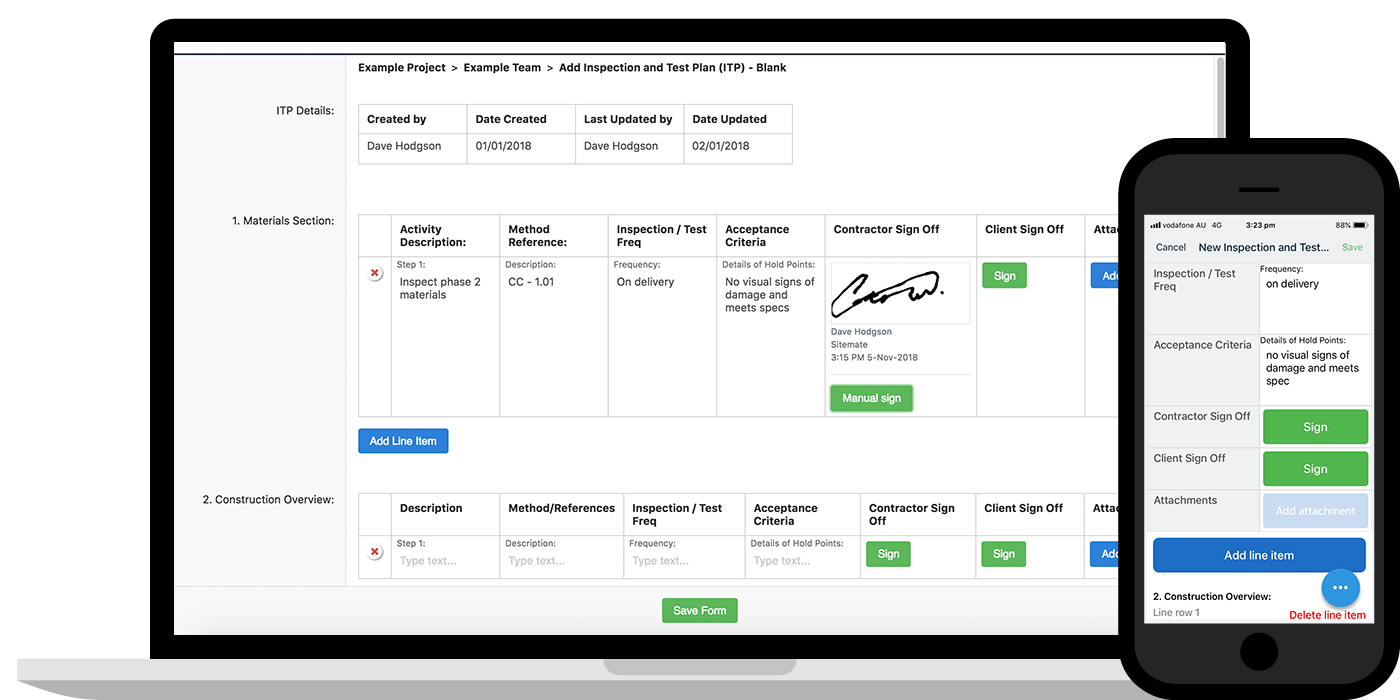
Instead of losing or misplacing ITR's (or having to falsify or 'remember' them), all of these records are instantly synced to the cloud, where they can always be searched for and found in the event of an incident or audit.
This level of accessibility and standardisation ensures that all of the inspection and test reporting procedures laid out to ensure projects are quality, safe and defect free are followed by everyone.
These systems also consolidate other quality processes into one place, so that quality managers, teams and other personnel can get all of their work done in one place - and management and administrators can access it all in one place too.
The construction ITR is a critical document in large and small construction projects. Engineers and engineering firms spend all of their time ensuring the design and specs are safe and feasible, and contractors and other construction companies need to do everything in their power to ensure that these standards are carried through the entire construction lifecycle.
Today, there are efficient ways to manage ITRs and other inspection and test processes, and these systems along with a slight cultural shift in how ITR's are perceived and managed will go a long way to ensuring more projects are of the intended quality and safety.
People in 80+ countries use this quality management system to improve their ITRs and other quality processes.


